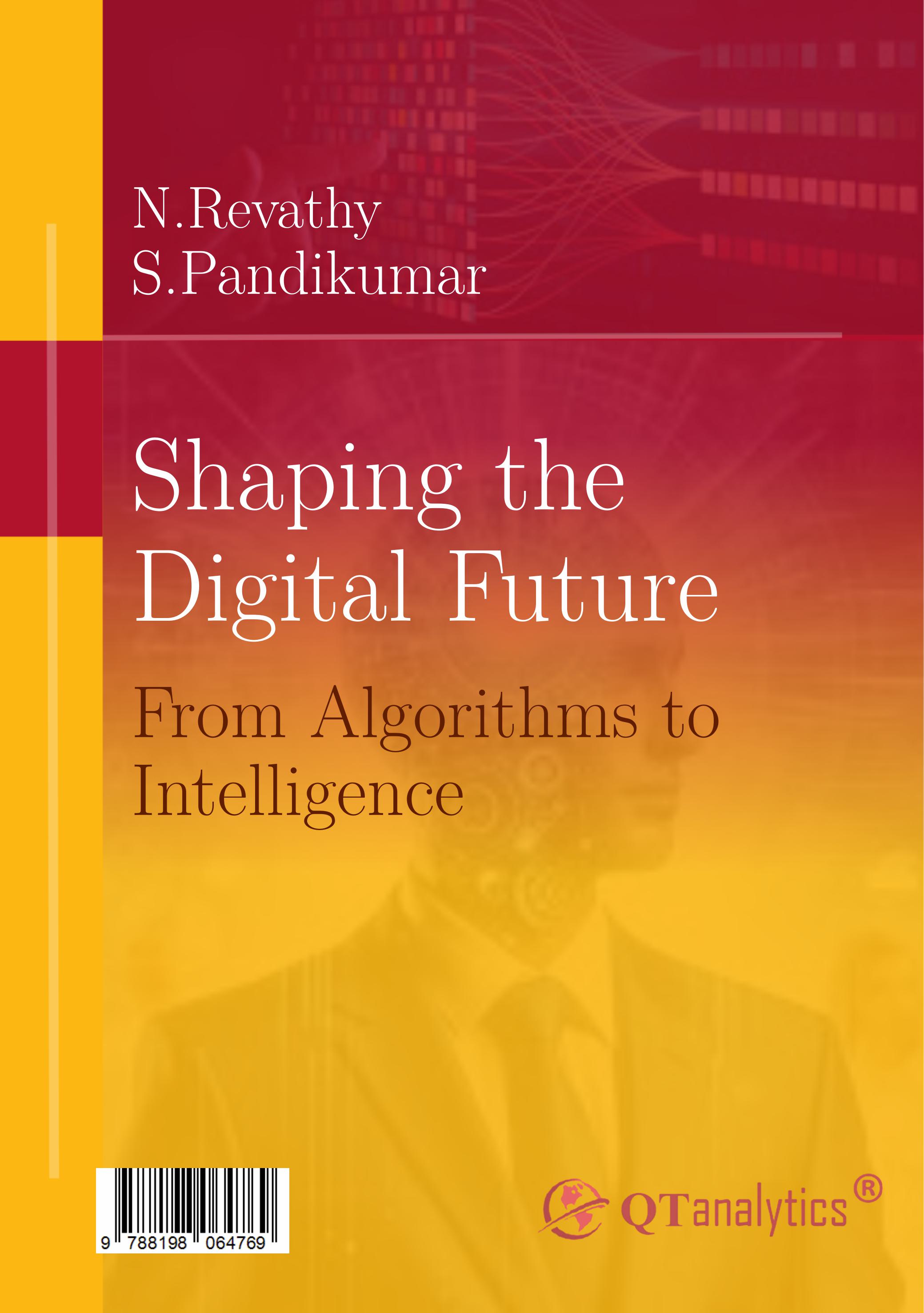Precipitation Forecasting and Rainfall Prediction System using Machine Learning
DOI:
https://doi.org/10.48001/978-81-980647-6-9-4Keywords:
Numerical weather prediction(NWP), Global climate models(GCM), Support Vector machines, Artificial neural networks, Geographical information systemsAbstract
Accurate rainfall forecasting is crucial for water management, agriculture, and disaster preparedness. Traditional models struggle with complex meteorological data, so this study proposes a machine learning-based system using ANN, SVM, and RF models. Trained on historical weather data, it predicts rainfall intensity and frequency. A Flask-based web interface enables real-time forecasting, while performance is assessed using accuracy, precision, recall, F1-score, and MAE. This scalable system enhances weather prediction for practical applications.
Downloads
References
Bouallègue, Z. B., Clare, M. C. A., Magnusson, L., & Gascón, E. (2024). The rise of data-driven weather forecasting: A first statistical assessment of machine learning-based weather forecasts in an operational-like context. Bulletin of the American Meteorological Society, 105(6). https://doi.org/10.1175/BAMS-D-23-0162.1
Chen, L., Han, B., Wang, X., Zhao, J., Yang, W., & Yang, Z. (2023). Machine learning methods in weather and climate applications: A survey. Applied Sciences, 13(21), 12019. https://doi.org/10.3390/app132112019
Gupta, S., Chandrashekhar, U., Vippagunta, P., Balakisti, S. L., Lakkimsetty, N. R., & Pokkuluri, K. S. (2025). Predicting future rainfall with various machine learning models. Journal of Information Systems and Engineering Management, 10(3). https://doi.org/10.52783/jisem.v10i3s.354
Jain, H., Dhupper, R., Shrivastava, A., Kumar, D., & Kumari, M. (2023). Leveraging machine learning algorithms for improved disaster preparedness and response through accurate weather pattern and natural disaster prediction. Frontiers in Environmental Science, 11. https://doi.org/10.3389/fenvs.2023.1194918
Latif, S. D., Hazrin, N. A. B., Koo, C. H., Ng, J. L., Chaplot, B., Huang, Y. F., El Shafie, A., & Ahmed, A. N. (2023). Assessing rainfall prediction models: Exploring the advantages of machine learning and remote sensing approaches. Alexandria Engineering Journal. https://doi.org/10.1016/j.aej.2023.09.060
Mahesh, V. S., Ramya, R., Vardhan, P. A., Kumar, T. V. A., & Krishna, M. B. (2023). Rainfall prediction using machine learning algorithms. International Journal of Research Publication and Reviews.
Pyo, J., Pachepsky, Y., Kim, S., Abbas, A., Kim, M., Kwon, Y. S., Ligaray, M., & Cho, K. H. (2023). Long short-term memory models of water quality in inland water environments. Water Research X, 21, 100207. https://doi.org/10.1016/j.wroa.2023.100207
Vovk, T., Kryza, M., & Werner, M. (2024). Using random forest to improve EMEP4PL model estimates of daily PM2.5 in Poland. Atmospheric Environment. https://doi.org/10.1016/j.atmosenv.2024.120615
Yu, P.-S., Yang, T.-C., Chen, S.-Y., Kuo, C.-M., & Tseng, H.-W. (2017). Comparison of random forests and support vector machine for real-time radar-derived rainfall forecasting. Journal of Hydrology. https://doi.org/10.1016/j.jhydrol.2017.06.020


